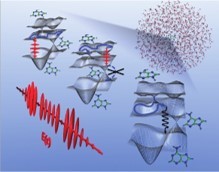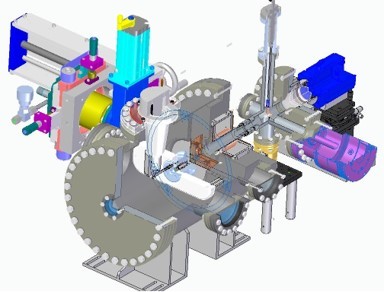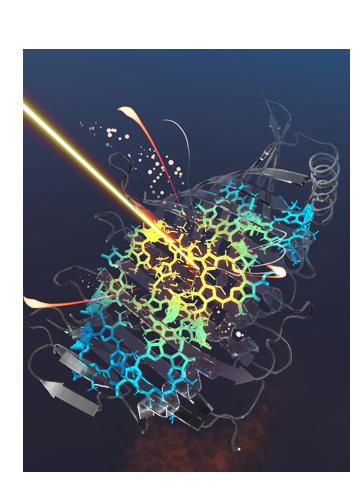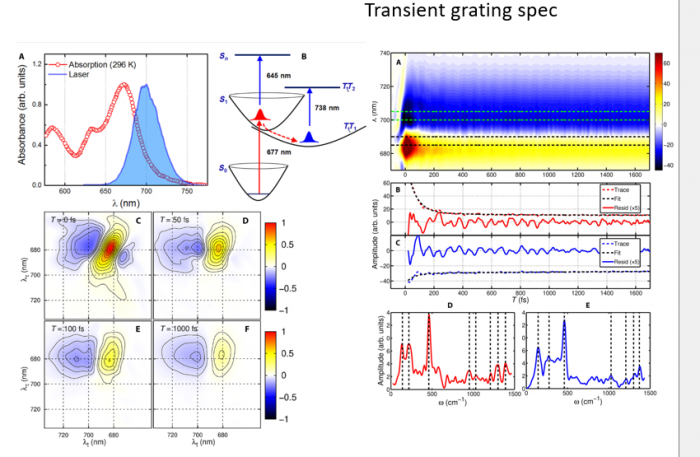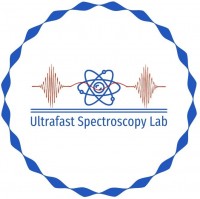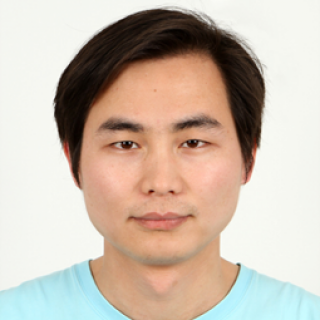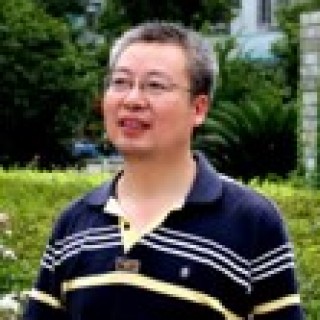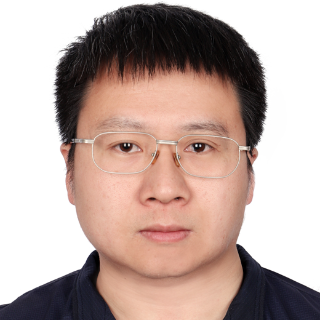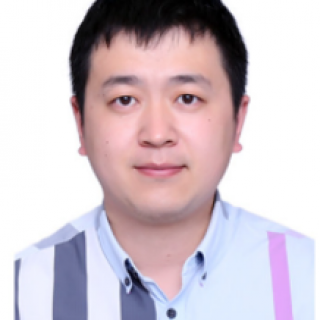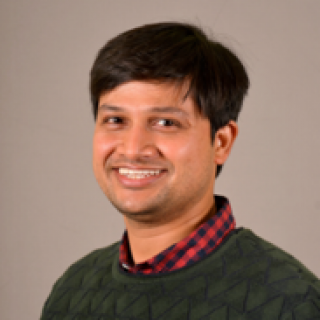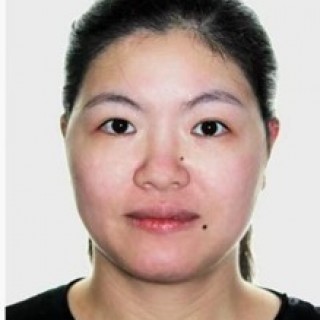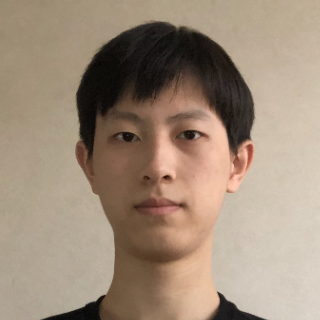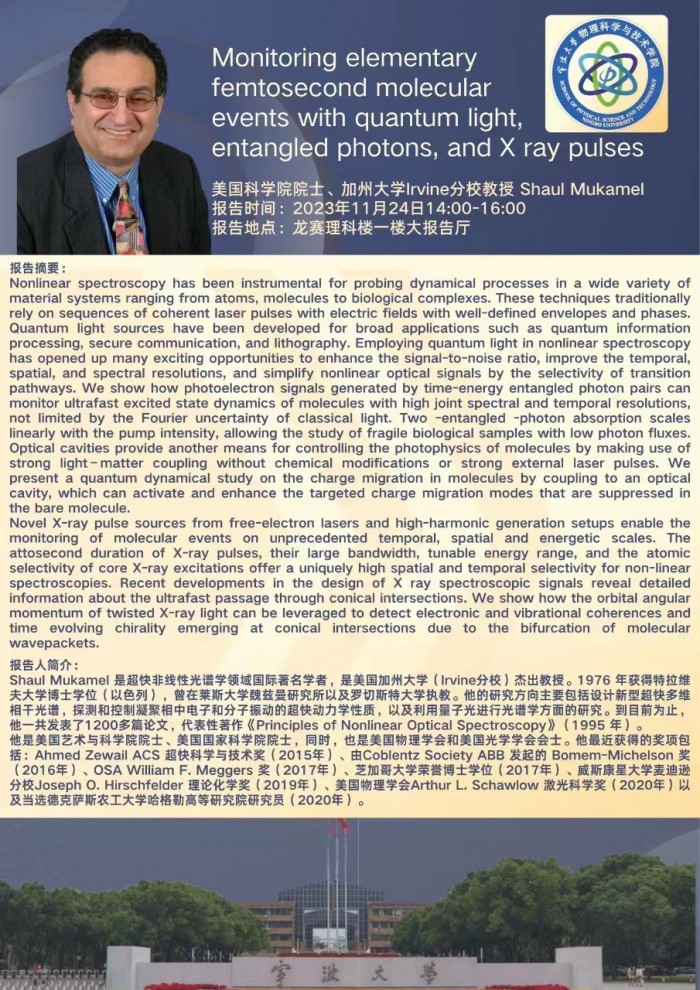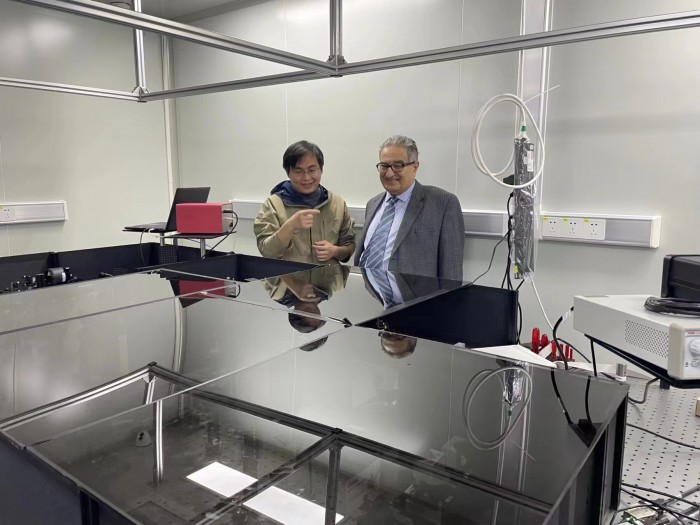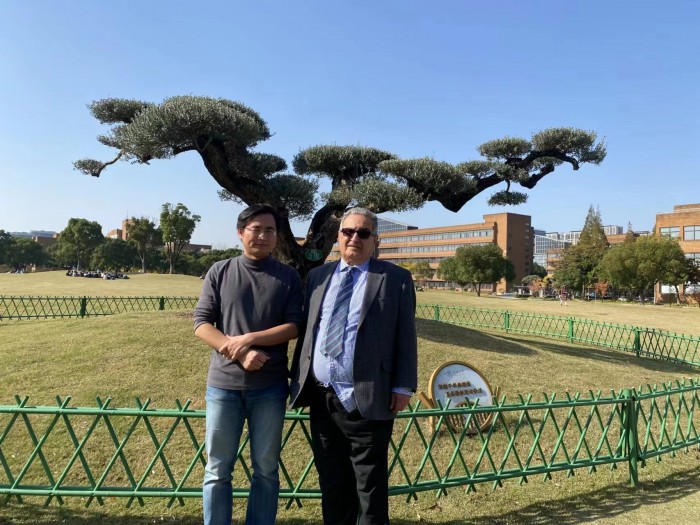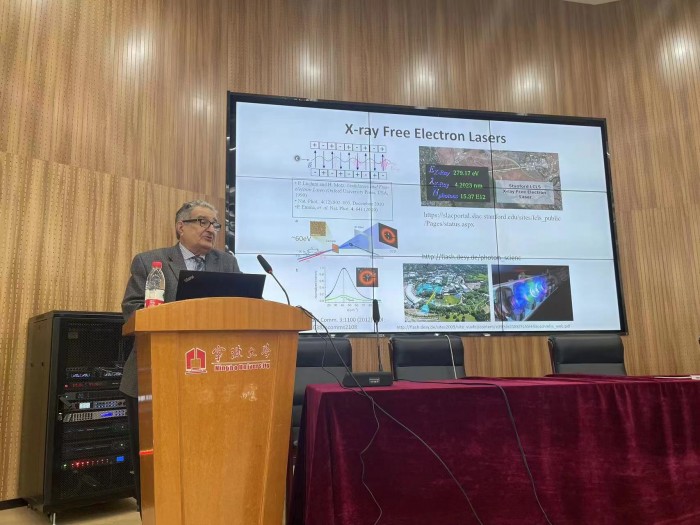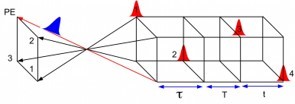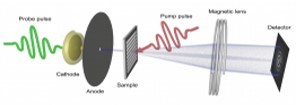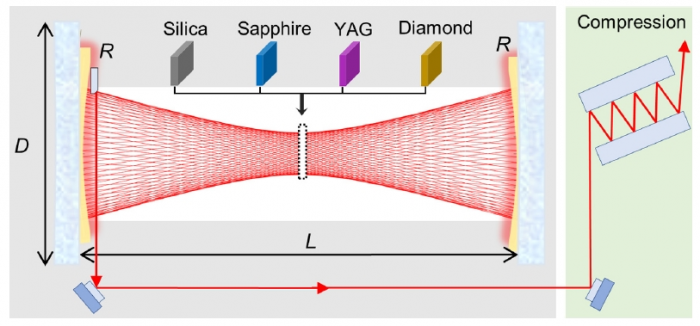近日,物理科学与技术学院段红光教授与多伦多大学R. J. Dwayne Miller教授(英国以及加拿大科学院院士)、德国汉堡大学Michael Thorwart教授以及马克斯普朗克研究所合作,在国际知名期刊Science Advances上发表题为Unraveling Quantum Coherences Mediating Primary Charge Transfer Processes in Photosystem II Reaction Center的学术论文。
植物反应中心蛋白是自然界进化出唯一能够利用电荷转移过程电离水产生氧气的功能蛋白,其具体的物理机制尚未清晰。该研究利用二维相干光谱的高时间分辨能力,在低温下(20K)探测了反应中心蛋白在能量以及电荷传输过程中的量子相干效应。该工作揭示了在不同的电荷传输路径中,具有极强激子耦合的叶绿素(大约150cm-1)可产生长时间的电子相干。并且,实验发现,该量子相干效应可有效对抗环境噪声。即便在室温下,电子相干也可存在百飞秒量级。同时,该研究发现,具有中等耦合的叶绿素(小于50cm-1)之间不会产生长时的电子相干,即便在20K的温度下。
该工作通过利用二维相干光谱测量低温下反应中心的能量以及电荷传输过程,揭示了具有不同电子耦合的叶绿素之间的量子相干特性以及它与环境之间的关系。该工作发表于国际知名期刊Science Advances,该杂志发表原创性强以及影响力大的工作。该工作得到了国家自然科学基金委、宁波大学以及德国DFG基金的支持。宁波大学为第一完成单位,物理科学与技术学院Ajay Jha(兼职)、章盼盼为第一作者,段红光为最后通讯作者。
(Recently, Professor Duan Hongguang from the School of Physical Science and Technology and R J. Professor Dwayne Miller (academician of the British and Canadian Academy of Sciences), Professor Michael Thorwart from the University of Hamburg in Germany, and the Max Planck Institute collaborated to publish an academic paper titled "Unremoving Quantum Coherence Mediating Primary Charge Transfer Processes in Photosystem II Reaction Center" in the internationally renowned journal Science Advances.
Plant reaction center proteins are the only functional proteins evolved in nature that can ionize water to produce oxygen through charge transfer processes, but their specific physical mechanisms are not yet clear. This study utilized the high temporal resolution of two-dimensional coherent spectroscopy to detect the quantum coherence effect of reaction center proteins in energy and charge transfer processes at low temperatures (20K). This work reveals that chlorophyll (approximately 150cm-1) with extremely strong exciton coupling can generate electron coherence for growth time in different charge transfer pathways. Moreover, the experiment found that the quantum coherence effect can effectively counteract environmental noise. Even at room temperature, electronic coherence can exist in the order of hundreds of femtoseconds. Meanwhile, the study found that chlorophyll with moderate coupling (less than 50cm-1) does not exhibit long-term electronic coherence, even at temperatures of 20K.
This work reveals the quantum coherence characteristics between chlorophyll with different electronic coupling and its relationship with the environment by using two-dimensional coherent spectroscopy to measure the energy and charge transfer process of reaction centers at low temperatures. This work is published in the internationally renowned journal Science Advances, which publishes highly original and influential works. This work has received support from the National Natural Science Foundation of China, Ningbo University, and the German DFG Fund. Ningbo University is the first completion unit, Ajay Jha (part-time) and Zhang Panpan from the School of Physical Science and Technology are the first authors, and Duan Hongguang is the last corresponding author.)
